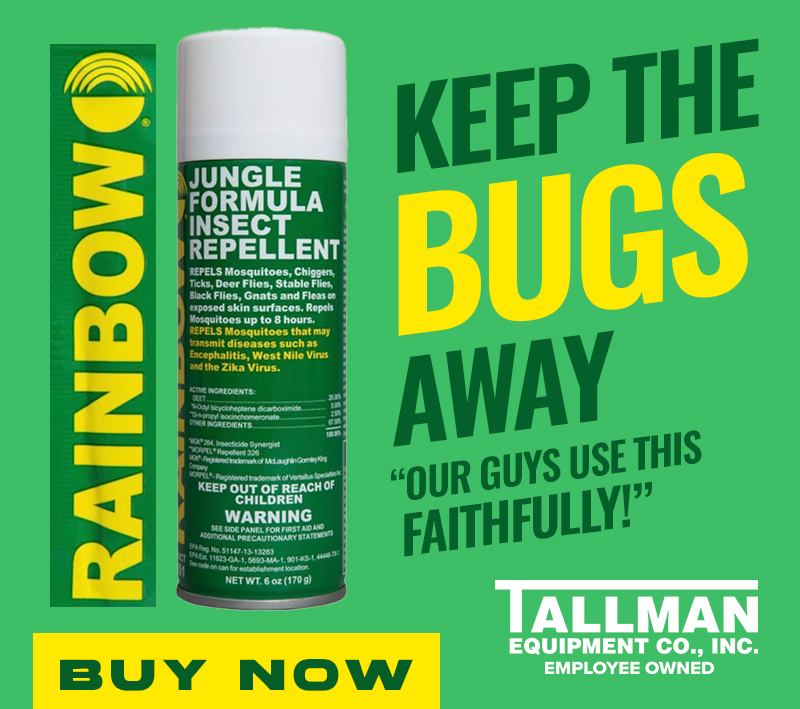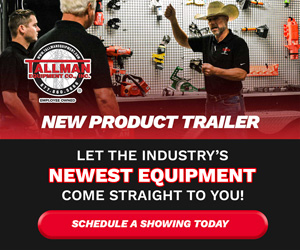Avocado toast has become all the rage at restaurants and on social media posts over the past several years. I eat it; it is delectable. You make it by toasting some bread, adding some ripe avocado and maybe some salt, and then maybe some tomatoes or sprouts. Easy, right?
Now, I want you to think of making this dish, but consider it from a safety angle. Avocado toast can be a hazardous dish to prepare. You must toast bread, which is a potential fire hazard, and you have to cut open an avocado. Unfortunately, people sometimes do this by holding the avocado in their hand, which can result in line-of-fire or knife-related cuts to their hands and wrists. In fact, these injuries are so common that they have a medical term – “Avocado Hand” – and account for thousands of emergency room visits each year.
You may be wondering by now, what does this have to do with utility industry safety and, more specifically, the topic of scaling the safety message?
When there is a task that injures thousands of our workers each year, we try to remove the hazard. Keep that in mind as you read the next part of this article. But first, I want you to do me a favor. Talk to your teenage child or your spouse about Avocado Hand. Explain that they shouldn’t hold an avocado in their hand when cutting it. Many of them will listen and cut it on a cutting board, keeping their hands away from the knife blade. Mission accomplished, right? We have trained some people to safely perform a specific task. But have we actually educated them as to why they need to do it this way? If we give them a different fruit or vegetable to cut, will they use the knife safely and apply the overall safety theory regarding the line of fire and hand injuries? Or will they default to what they know and are in the habit of doing? In other words, were the message and training scaled enough that they became ingrained in the culture of working safely?
A Common Issue
This is something many of us are facing in our industry. I spent many years at large utility companies where the safety culture was already established. You may be in the same boat, or you may find yourself in a position where you must create the culture from scratch. Regardless of what position you find yourself in, you may have asked the question, how do I change a safety program from one that is task specific to one that keeps workers safe regardless of the task?







0 Comments